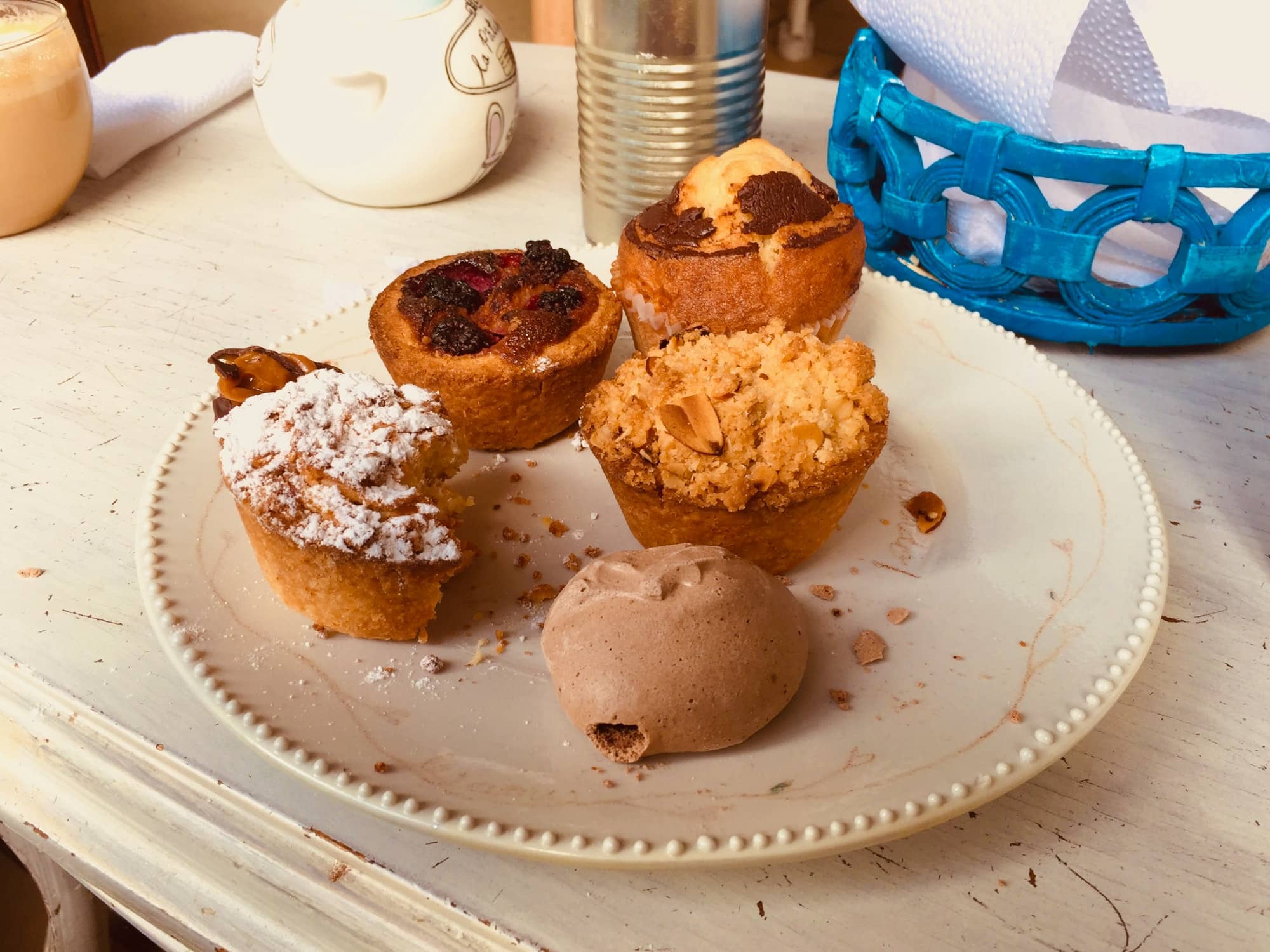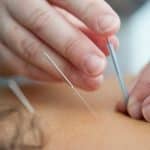From early morning breakfast to evening dessert, a well-baked brioche can easily be the star of the table. But, what secrets lie behind this humble loaf of bread that gives it a tender crumb and a shiny, golden crust? As you delve into the world of bread baking, you will learn that a perfect brioche is a result of a harmonious marriage between quality ingredients, time, and technique.
Understanding the Ingredients and Their Roles in Brioche Making
Behind a successful brioche loaf hides a symphony of ingredients working together. Flour, yeast, eggs, butter, and a touch of sugar – these are the key players in the brioche script. But what roles do they exactly play?
A lire également : How to Craft a Flavor-Packed Lebanese Tabouleh with Fresh Mint and Lemon?
Flour forms the backbone of your brioche dough. It is the canvas on which the rest of the ingredients perform their magic. The gluten present in flour gives it structure and strength. The type of flour you choose will determine the texture of your brioche. Bread flour, with its high protein content, will yield a chewier, more robust brioche, while all-purpose flour will give a softer, tender crumb.
Next on stage is yeast. Acting like a bioengineered machine, yeast diligently consumes sugar and releases carbon dioxide gas. This process, known as fermentation, causes the dough to rise and imparts a unique flavor to your brioche. Yeast is sensitive to temperature, and so, proofing the yeast correctly is crucial in the recipe.
Dans le meme genre : What’s the Best Way to Prepare a Gourmet Spinach and Gorgonzola Pizza?
Eggs bring richness to your brioche. They contribute to the dough’s structure, add moisture, and lend a gorgeous golden hue to the crust.
Then there’s butter, the linchpin of a brioche dough that gives it its characteristic flavor and tender crumb. It is critical to use high-quality butter as it can make or break your brioche.
Finally, a touch of sugar not only sweetens the dough but also aids in the caramelization of the crust, resulting in that coveted golden-brown sheen.
The Art of Mixing and Kneading the Dough
The first step in making brioche is to combine the ingredients properly. Mixing and kneading the dough is a delicate dance. Too little and your dough won’t rise well; too much and you’ll end up with a tough brioche.
Start with combining the flour, yeast, sugar, and eggs in a large bowl. Mix until they form a shaggy mass. Then, add the softened butter bit by bit, all the while continuing to knead. Remember, the butter should be at room temperature; cold butter won’t incorporate well, and melted butter will make the dough greasy.
The dough should be kneaded until it is smooth and elastic. This is the point when the gluten has developed enough to give the dough its structure. It usually takes about 10-15 minutes of kneading by hand. If you’re using a stand mixer, this time will be cut in half.
The Importance of Rest and Rise Time
Once the dough is kneaded, it needs to rest and rise. This process is essential for the yeast to do its job and for the gluten strands to relax, making the dough easier to handle.
First, let the dough rise at room temperature until it has doubled in size. This process usually takes about 1-2 hours. Then, punch down the dough to release the gas created by the yeast. After this, the dough needs a second rise, but this time in the refrigerator. This slow, cold rise is what develops the flavor in your brioche.
Remember to cover the dough with a cloth or plastic wrap during the rise times to prevent it from drying out.
Shaping the Brioche and the Final Rise
After the dough has rested, it’s time to shape the brioche. Whether you’re making a simple loaf or intricate buns, how you shape your dough will affect how it bakes.
For a classic brioche loaf, divide the dough into several pieces, shape each into a ball, and place them in a greased loaf pan. The dough should fill about two-thirds of the pan to leave room for the final rise and the expansion during baking.
Once shaped, the dough needs one final rise at room temperature. This rise, often called the proof, allows the yeast one final burst of activity before it dies in the oven’s heat. It also helps ensure that your brioche has a light and airy texture.
Baking the Brioche to Golden Perfection
Finally, the moment arrives to bake your brioche. Before you pop your dough into the oven, give it an egg wash. This simple mixture of beaten egg and a splash of water will give your brioche a shiny, golden crust.
Brioche should be baked in a preheated oven. The high initial heat provides what’s known as "oven spring," causing the dough to rapidly rise and set. After about 10 minutes, reduce the temperature. This allows the inside of the brioche to cook without burning the crust.
Remember to rotate the pan halfway through the baking time to ensure even baking.
And voila! Now you understand the techniques behind a perfectly baked brioche with a golden crust. While it may take some practice to master, the result is undoubtedly worth the effort. Just imagine tearing into a warm, buttery loaf of brioche, its crust crackling under your touch, and the tender crumb melting in your mouth. Unforgettable, isn’t it?
The Magic of Egg Wash and How it Contributes to a Golden Crust
Perhaps one of the most impactful aspects of a beautifully baked brioche is its shiny, golden crust which is achieved by the simple yet magical technique of an egg wash. This involves whisking an egg, often with a splash of water, and lightly brushing it over the brioche dough just before baking.
The proteins in the egg wash undergo a process known as the Maillard reaction when exposed to the heat of the oven. This reaction between the proteins and the sugars in the dough leads to browning, giving the brioche its characteristic golden brown crust. Moreover, the egg wash also gives the crust its glossy, appetizing sheen, making the brioche all the more irresistible.
Not just for aesthetics, the egg wash also adds to the taste and texture of the brioche. It provides a slightly crisp exterior that is a delight to bite into, contrasting perfectly with the soft, tender crumb within.
To apply the egg wash, you simply need to lightly brush it over the surface of the dough with a pastry brush, being careful not to let it pool in any crevices as it can inhibit the dough’s rise. The egg wash should be applied gently, so as not to deflate the dough.
The Conclusion: Perfecting Your Brioche Recipe
Baking the perfect brioche is an art that requires patience, precision, and practice. From selecting high-quality ingredients to patiently waiting for the dough to rise, from kneading the dough just right to shaping it with care – each step is significant in the brioche-making process.
Remember that using a stand mixer with a dough hook can make the job easier, especially when working with a highly enriched dough like brioche. But whether you choose to use a mixer or knead by hand, the key is to not rush the process.
Temperature plays a crucial role in baking a brioche. From ensuring that the butter is at room temperature for smooth incorporation into the dough to letting the yeast do its job at the right temperature, these small details can have a big impact on the final product.
Lastly, don’t forget to cover the dough with plastic wrap during the rise times to prevent it from drying out. And an egg wash just before baking will give your brioche that desirable golden crust.
Whether you’re baking a classic brioche loaf or playful brioche buns, remember that the journey is as rewarding as the final product. As you watch the dough rise, shape it with your hands, smell the sweet aroma wafting from the oven, and finally taste the fruits of your labor – it’s an experience like no other.
Baking a brioche is not just about following a recipe. It’s about understanding the science behind it, respecting the process, and most importantly, enjoying the art of making something with your own hands. So roll up your sleeves, gather your ingredients, and get ready to bake the perfect brioche!











